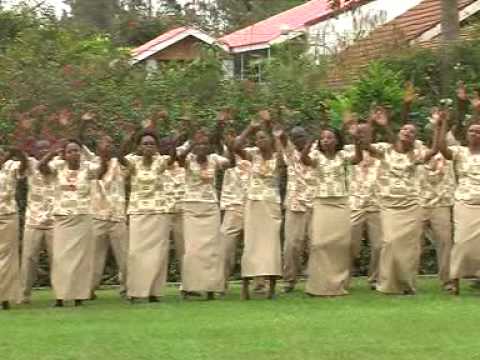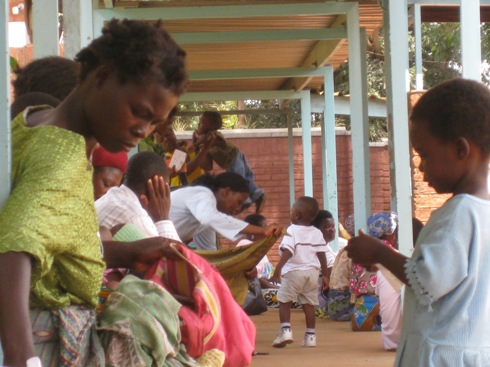
Education is divided into two groups in Malawi: primary and secondary. Much as it is here, primary is considered the first 8 grade, and secondary is what we would call a high school, though the system it works in is vastly different. Secondary schools come in four types:
1. government schools
2. grant aided schools
3. community day secondary schools (referred to as CDSS)
4. private schools.
The government schools enroll based upon tests that students take in their 8th grade year – the top tier of scores earns you an enrollment to the national school, the second tier allows you to enroll in a district school, and the third tier of scores means that you’ll probably be studying in a community day secondary school. Now, primary school has been free since 1994 (when the government became a multi-party democracy), but secondary school is not. You pretty much pay no matter where you go, and though the government has been increasing funding, it cannot afford to open a school everywhere like we can in America. A CDSS is a school that is opened with some assistance from the gov’t, but is operated by the community and fees paid by students and their families pay for the school’s operating costs.
I’ll be at a CDSS, which primarily operate in rural areas. (Interesting note: a paper I’m reading now currently divides areas into “rural” and “less rural,” as “urban” can only really describe Lilongwe, the capital and largest city. So rural really means RURAL.) I can expect to work in a school that does not have electricity, running water, or a telephone. My students will probably be mixed in terms of age, but boys will outnumber girls by some margin. Gender equity is a priority for Malawian education, and while the earlier grades (specifically 1-6) have achieved parity in enrollment, test scores for boys are still higher than the girls’, and after 7th grade enrollments for boys outnumber that of girls. I can expect to have a student-teacher ratio of around 75:1, and possibly 25-30 lessons per week. So… I have my work cut out for me, to say the least.

.jpeg&w=60&q=100&h=60)




.jpeg&w=60&q=100&h=60)





